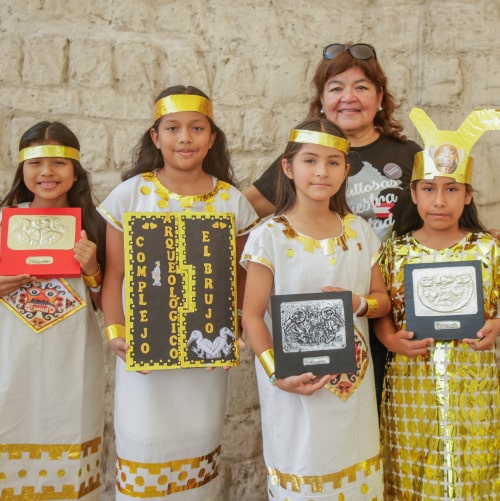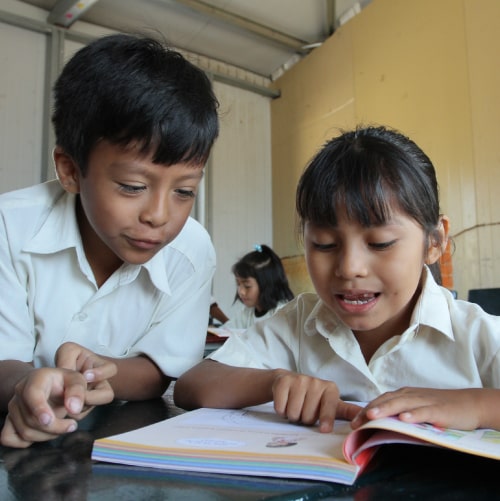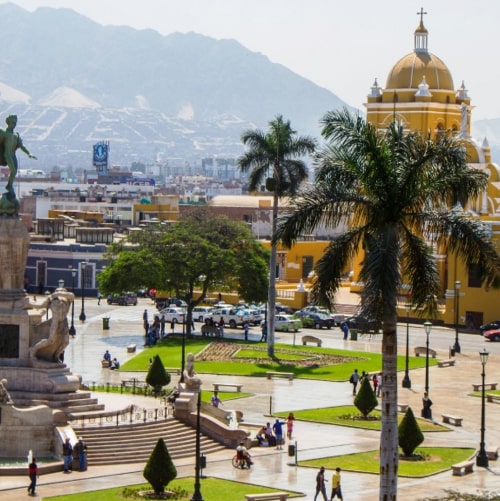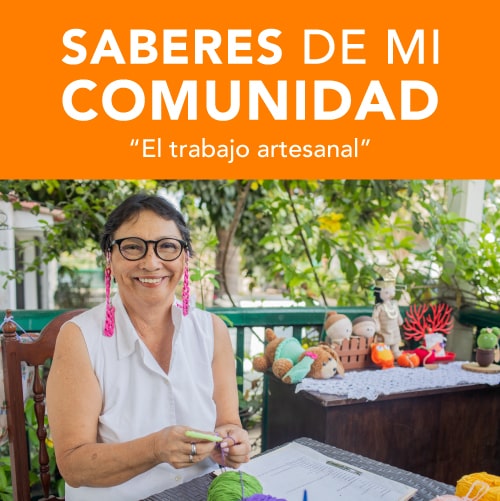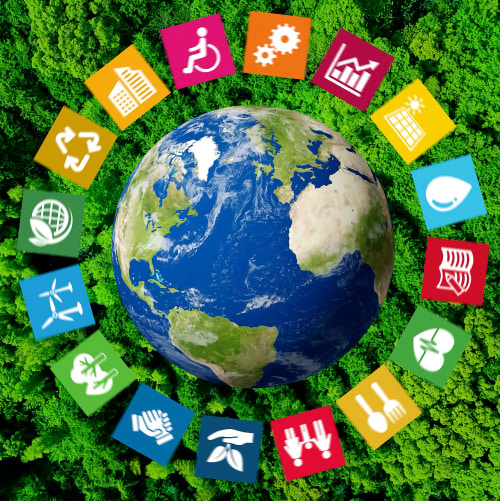Sara Encinas, from the Educational Quality program of the Wiese Foundation, gives recommendations about how to deal with this problem, which affects almost half of Limeñans.
Stress presents itself throughout our lives, in different moments and in different ways. This has been studied since hundreds of years ago and has an important role in the development of physical and mental health. In the series “Families, Safe Environments” from the Educational Quality program of the Wiese Foundation, it goes into more detail about the purpose of its presence in the family environment.
To begin with, it is important to know that stress is defined, according to the RAE, as a tension caused by overwhelming situations that trigger psychosomatic reactions or sometimes severe psychological disorders.
According to Sara Encinas, coach, educator, and family counsellor of the Wiese Foundation, stress “is the reaction and adaptation of the body in the face of challenges or a set of demands” that can be present in any type of environment, even in the family, despite this being considered by some to be one of the spaces of greatest personal tranquility.
“Stress, surely, must be everywhere in this context of the pandemic. Fatherhood and motherhood can be stressful, and this is seen in the reaction of the parents to their children, which then causes a negative response in them”, explains Encinas.
How does stress manifest itself

The World Health Organization (WHO) indicates that stress also gives rise to dysfunctional and unhabitual behaviors. If this is prolonged, it brings with it psychological problems, causes psychiatric disorders, and affects the physical state, manifesting as illnesses. (1)
“A stressed person manifests distress, the inability to relax, difficulty thinking logically, suffers from depression and exhaustion, can’t sleep, and presents cardiopathies, digestive disorders, headaches, backaches, and other symptoms”, indicates the WHO’s website.
Statistics that cause stress
52.2% of people in the Lima Metropolitan Area suffer from moderate to severe stress. In other words, approximately 5 out of every 10 Limeñans suffer from it. Furthermore, it has been identified that one of the greatest causes of this problem in the family environment during these last two years has been the loss of family members due to COVID-19.
“Stress isn’t an illness, but it can turn into a mental illness when the affected person begins to develop anxiety and depression”, indicates Dr. Javier Saavedra, a Peruvian specialist from the National Institute of Mental Health. (2)
On the other hand, regarding stress in the workplace, it has been shown that at least 7 of every 10 workers suffer from it, which causes, furthermore, a 41% reduction in their productivity. (3)
It is imperative to consider that 60% of absences from the workplace are caused by stress. (4) Therefore, it is necessary for businesses to encourage some practices, such as active breaks, which are small rests during the workday, that help the employee recover energy and improve their performance.
How to manage stress in a positive manner

According to Sara Encinas, one of the first steps toward managing your stress and leaving it behind is recognizing what is causing it. Identifying the feeling is fundamental. Then, the next step is learning to make requests. Communicating your feelings about the situation you are facing to your loved ones will help those around you to understand your situation better.
“I can’t talk now. Leave me alone for a bit. I can’t do what you are asking of me right now, please, give me a moment, are some phrases that can help you in this process”, says Encinas.
The next step is seeking calm. Understanding that a person under stress will not always make the best decisions or find the best solutions for a problem.
You should also listen to your surroundings, to facilitate better communication and understanding about what is going on, if the problem you are facing is really important or not.
Lastly, the person experiencing a situation of stress should review the areas of care in childcare proposed by Alexander Berlonghi, which you can read here.
In this way, understanding what stress is, how it manifests, and how to manage it, this problem can be overcome in the family environment during the pandemic.
For more information about communication under stress, watch the video about Families, Safe Environments from the Educational Quality Program of the Wiese Foundation.
Sources:
- National Institute of Mental Health of the Ministry of Health (INSM) of Peru
- Statements taken from the director of the Executive Office of Support for Research and Specialized Teachers of the INSM, Dr. Javier Saavedra.
- Study done by El Comercio Diary in 2021 about mental health.
- Data taken from the website of the American Institute of Stress (AIS).



